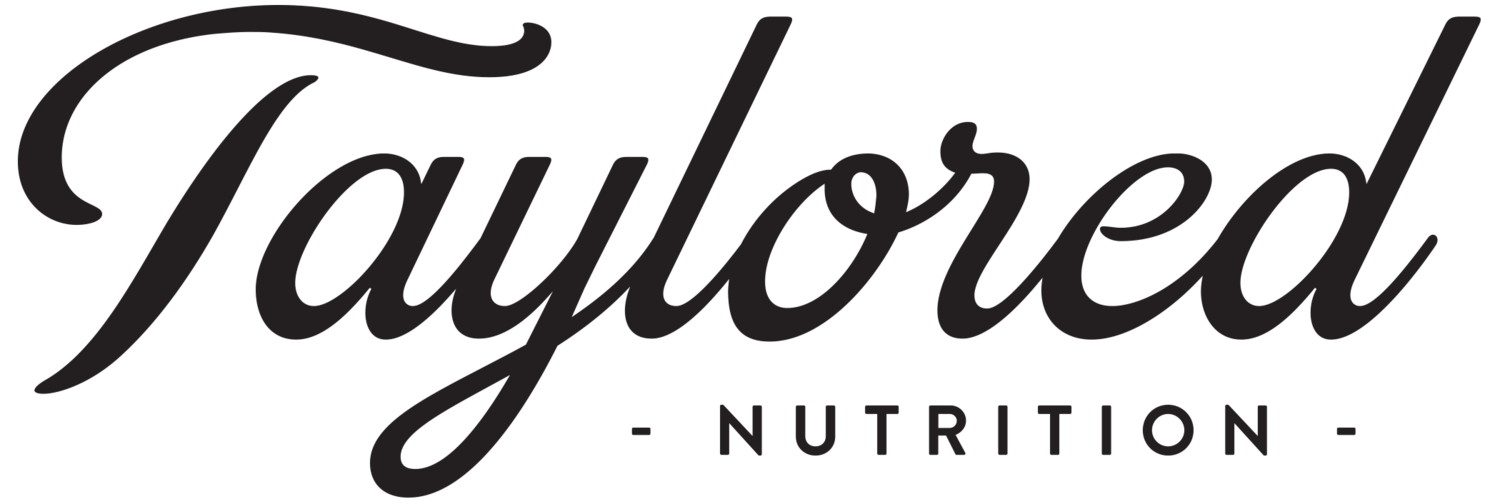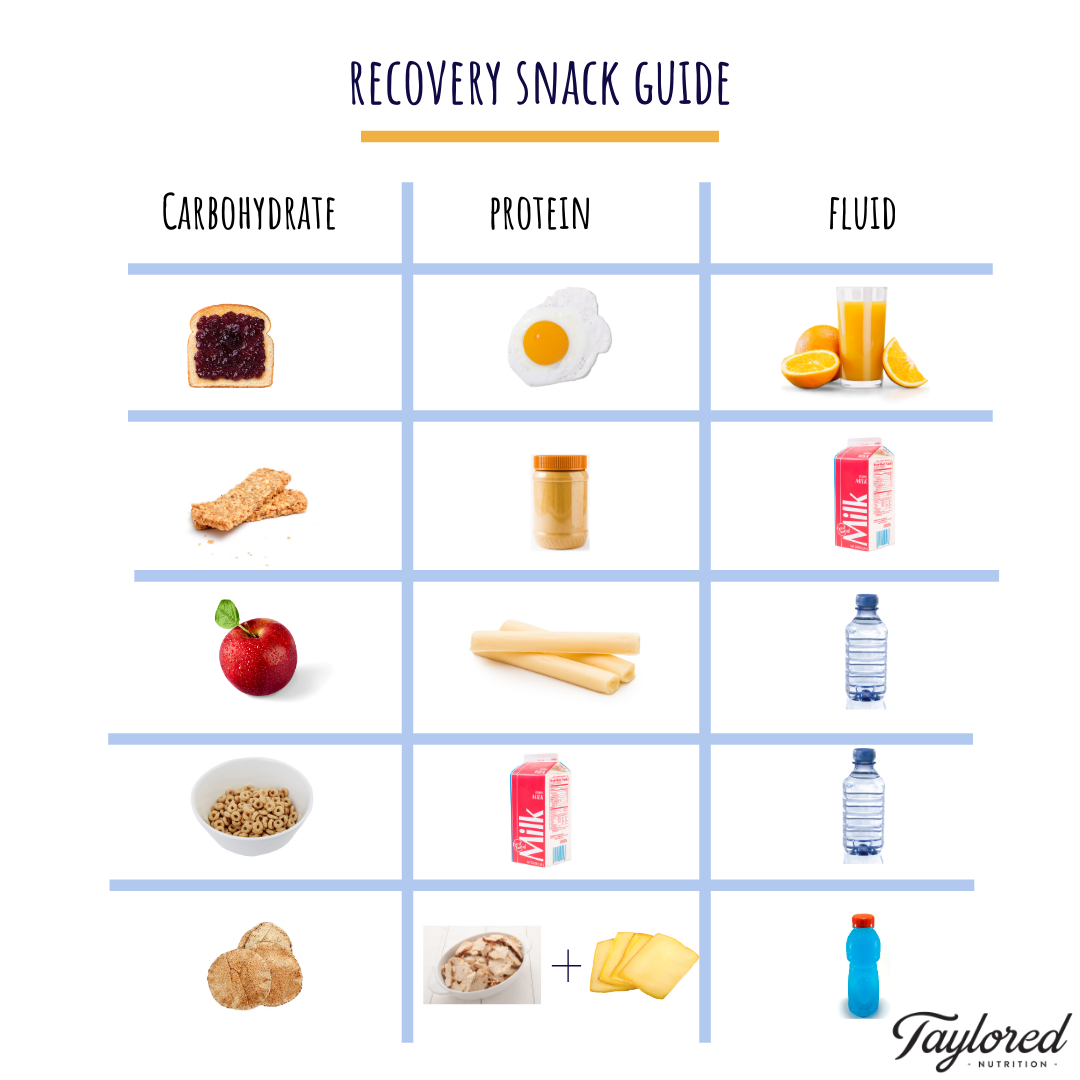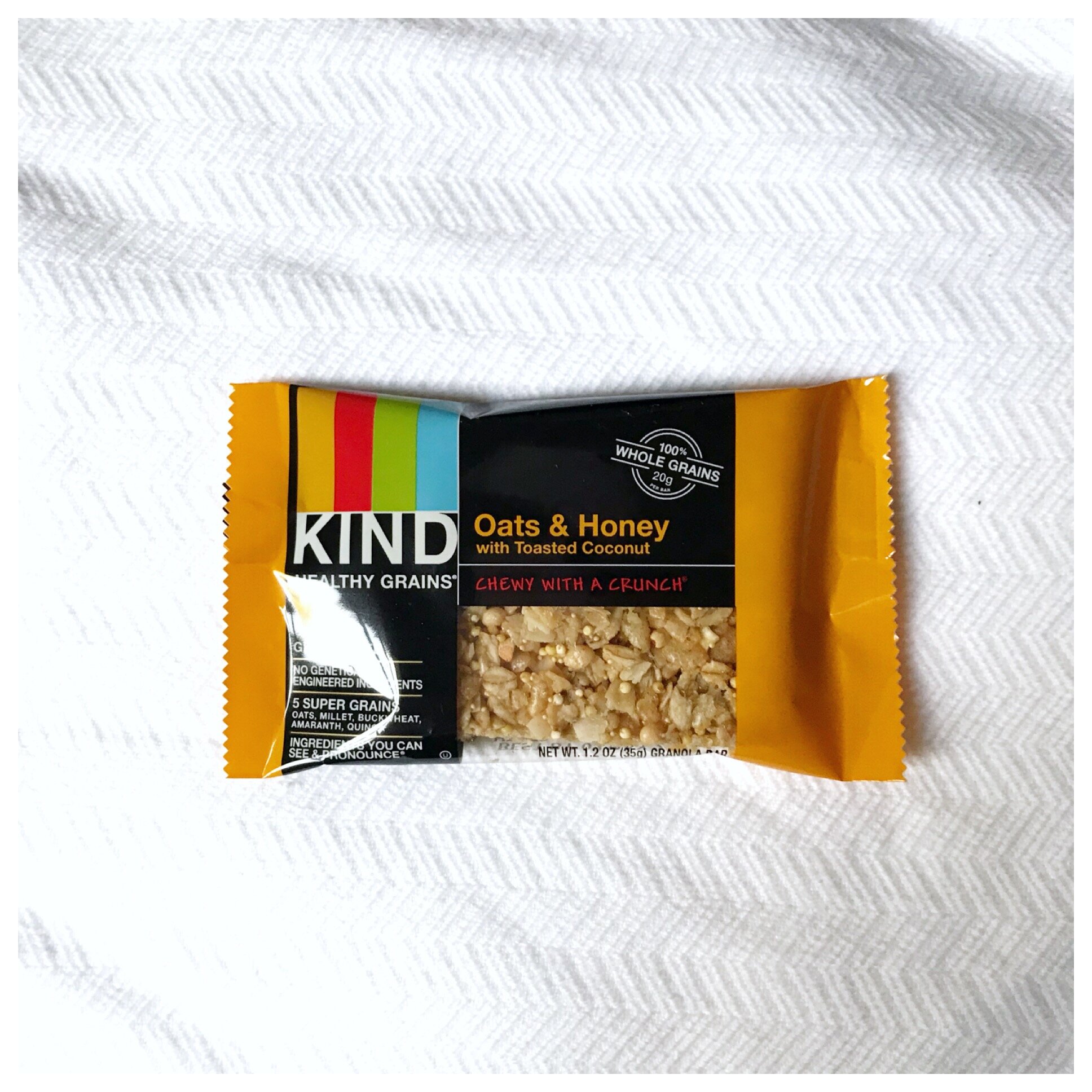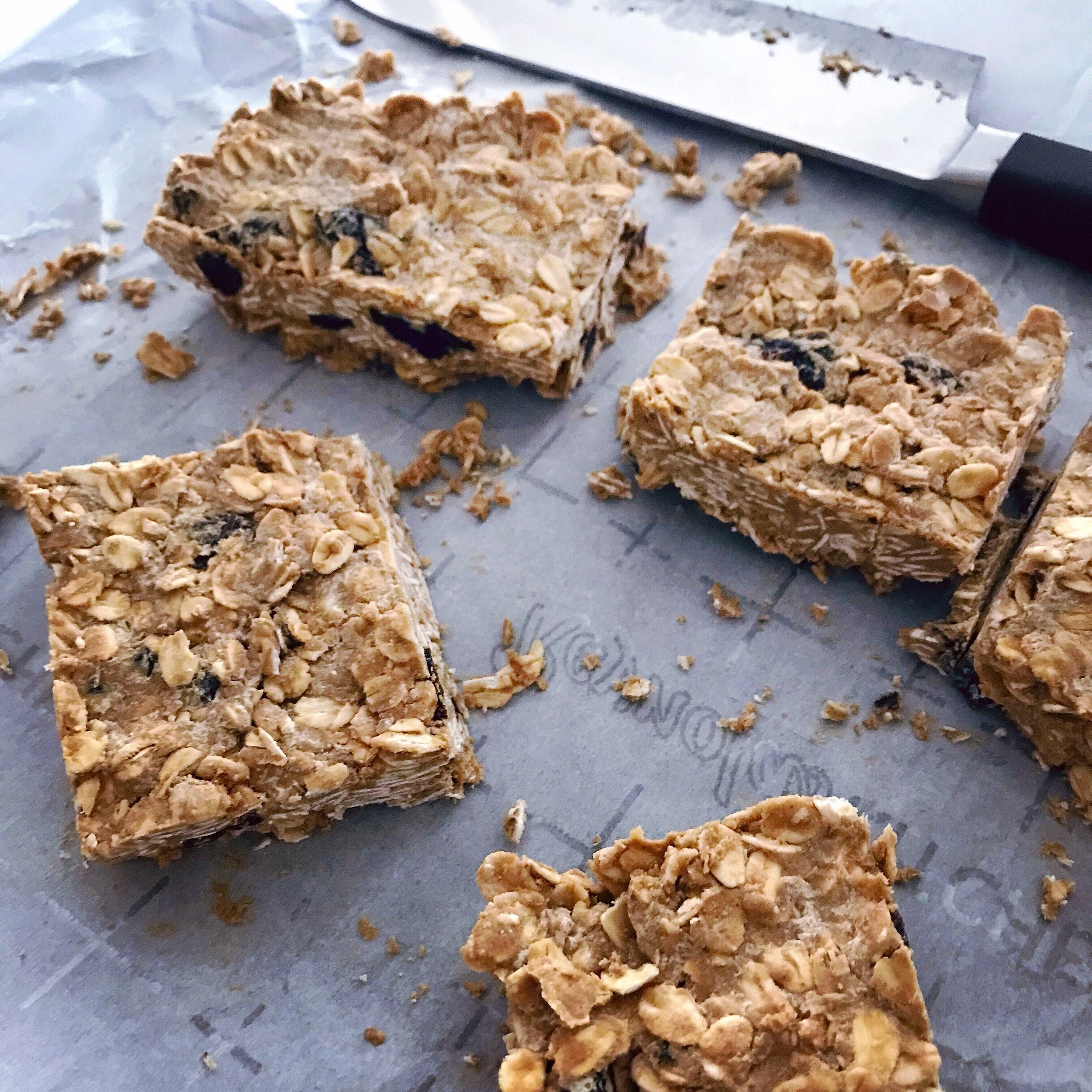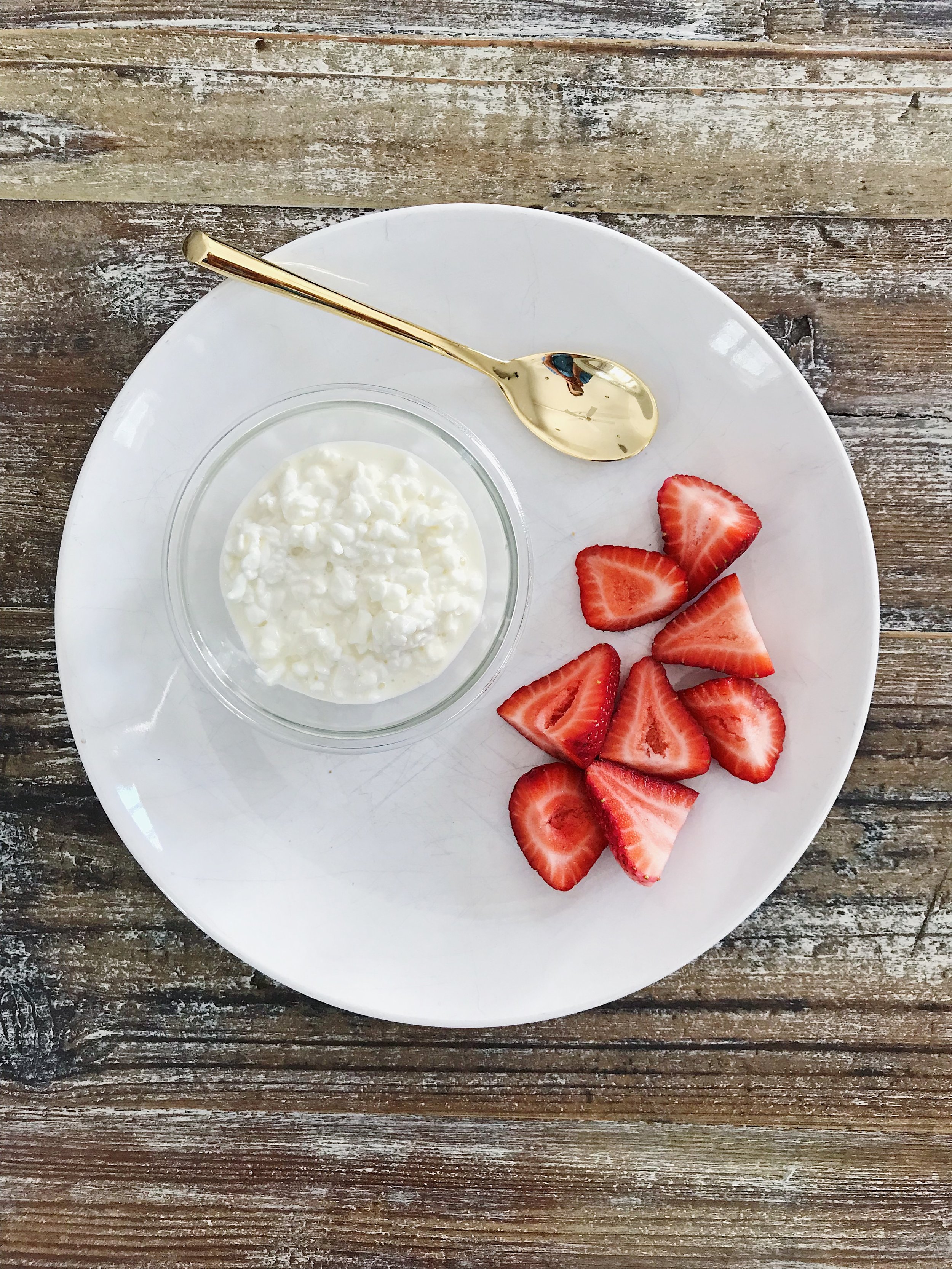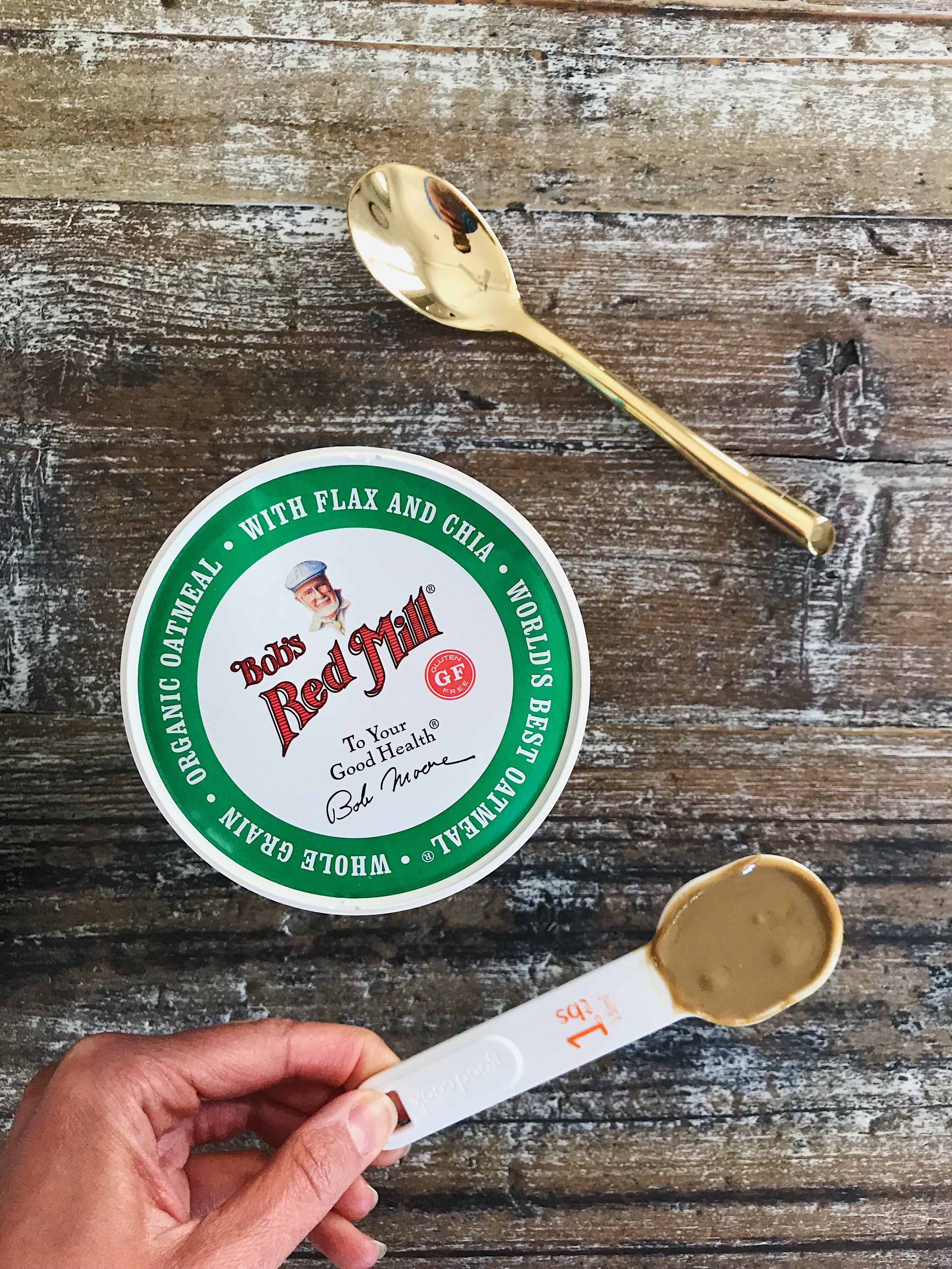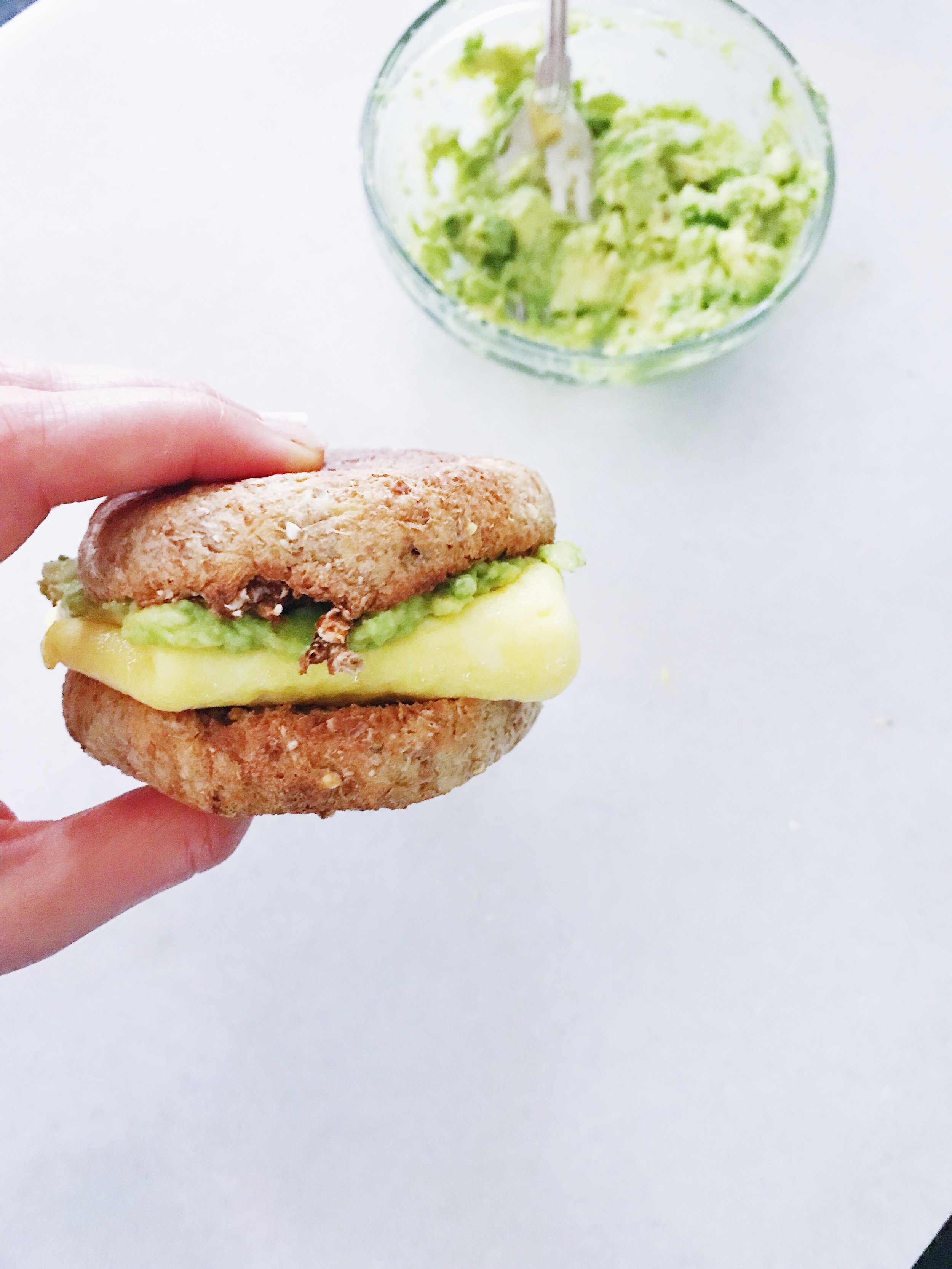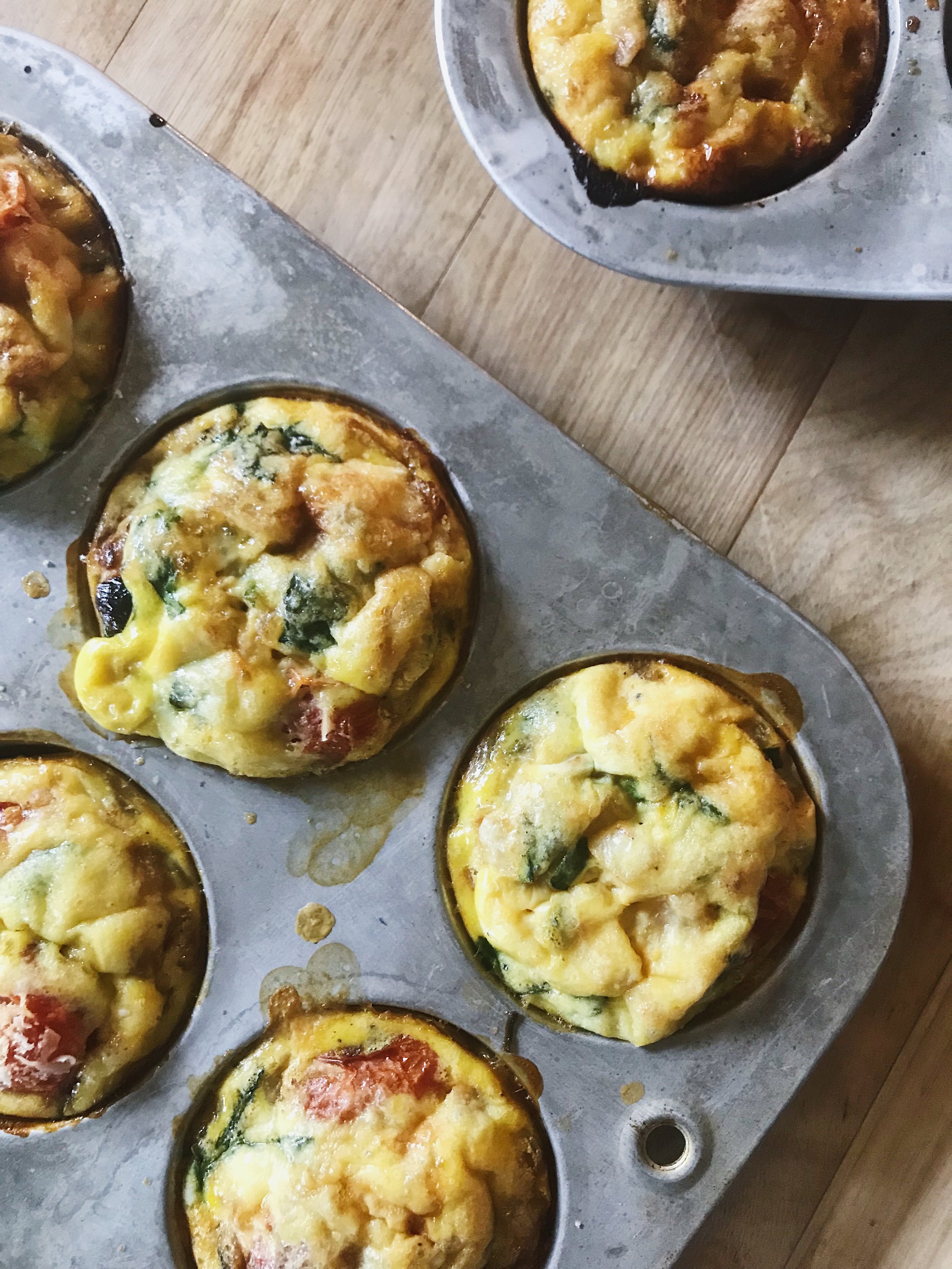I’m so glad you’re back to the blog for today’s post. Last week I discussed it being OK when fueling feels hard. I talked about how nutrition can be complicated as our needs shift depending on age, stage of growth and development and activity level (especially when these activity levels significantly increase, decrease or change in intensity).
Today I want to carry on with this topic and talk about those specific times when fueling might feel hard and those times when we really need to pay some extra attention to our young athlete’s nutrition. Today’s post will be more of an overview because I really want to spend time diving into different scenarios and if I did that all in one post you would be sitting here until December! So today I’ll skim the service and then please stay tuned for future posts that will go deeper into the different scenarios I touch on today. My vision is that you will eventually be able to scroll through different topics and choose the ones that specifically relate to you and what you’re struggling with when it comes to fueling your young athlete.
Okay, I know we are all busy, so let’s dive in!
Times when fueling may feel hard. Sometimes I see this in two different categories. (1) When fueling feels hard for the parent and (2) When fueling feels hard for the athlete. Sometimes it feels hard for both, but that is not necessarily always the case. Regardless, someone is struggling with the young athlete’s nutrition.
Today I’m listing all of the different ways I have seen my young athletes and families struggle with nutrition. Do you relate to any of these? I jot these down so that first of all you can see you’re not alone! And I make this list so we can all see that nutrition struggles can present themselves in all different ways in the life and in the performance of a young athlete. So, take a look and see what you think. And, if you see something missing, always feel free to reach out to me and let me know! You can find me on Instagram as @taylormorrisonRD or Facebook as Taylored Nutrition, LLC.
fueling can feel hard when…
The young athlete is going through a growth spurt
Your athlete is hungry ALL the time. And this comes with its own set of issues b/c, if in school, there may be only certain points of the day where he/she can eat. Or he/she is eating all the time and is so tired of eating or so tired of the foods in their day. This is when I say the athlete is experiencing Food Fatigue.
Your child has increased energy and nutrient needs to support this period of growth.
Additional practices have been added or length of training sessions has increased
A new skill is being learned (may use different muscles in addition to more training time to master the skill)
An athlete is healing from an injury that may have taken him or her out of sport
Games or performances are at an odd time of day for the athlete and he/she is not sure how to eat before them to give good energy but also digest well and avoid stomach upset.
The young athlete keeps having stomach issues during practices, games or performances.
You or your athlete lacks the sports nutrition knowledge that is helpful for supporting intense games, tournaments, practices and performances.
The athlete has a super busy schedule (especially during the school year) and times to eat are limited).
The athlete is trying to build muscle or gain weight for better performance or to get a new position on the team.
Your athlete is struggling with body image issues, worrying about his/her weight or their appearance and unsure how to navigate this while feeding the body and performing well in sport.
Your athlete is getting mixed nutrition messages from all the media.
The young athlete has been diagnosed with a food allergy.
Pre-performance nerves completely obliterate his/her appetite.
The young athlete has very early morning practices or performances.
Someone has told the athlete that he/she needs to lose weight or change his or her body composition.
When the female athlete has lost her period due to underfueling amidst high training and is trying to regain regular periods (because we know this helps prevent injuries like stress fractures).
When the athlete has been diagnosed with a deficiency (iron, vitamin D, etc.)
When the athlete is a vegetarian.
Parents have more than one competitive young athlete in the house.
The athlete is on the school lunch plan but dislikes what is served.
A parent feels like a broken record telling their athlete or athletes what they need to be eating for better performance (and usually health).
The young athlete goes away to training camp for the summer and is on his/her own.
The young athlete is traveling for games or competitions.
The young athlete has weekend tournaments.
The athlete is suddenly inactive due to injury.
Whew! Okay, as you can see there are a LOT of reasons that fueling can feel hard. I know this because (1) I see these concerns and issues in my practice ALL. THE. TIME. and (2) I was a very competitive young athlete who felt fueling was hard. I was figure skating before school and after school and on Saturday mornings. I was running cross country for school and training with my team at least 2 or 3 afternoons/week (when I didn’t have afternoon skating practice).
A quick look at my story when fueling was hard…
A quick glance into my story - I was doing all of the practices and warm-ups and everything my coaches told me to do but felt like I just couldn’t get to the next level. Then after two very specific incidents, one around my skating and one around my running, I realized that nutrition might be the missing link. I had always struggled with fueling before skating competitions that were in the afternoon. Breakfast I had down but I just didn’t know how to eat during the rest of the day to support that afternoon performance. And, as most athletes do, I struggled with pre-competition jitters that really blunted my appetite. One competition I didn’t know what to eat so I decided it was best to eat nothing than the wrong thing, which was entirely the WRONG answer. Man, I got out on the ice and between jitters from competition and shaky legs from low blood sugar, I felt like I spent more time picking myself up off the ice than actually skating on it. That was wake-up call number one. Then, on a second occasion at school, I decided to eat the cafeteria lunch, which was chicken fingers and fries that day. I knew I had cross country practice about 2 hours later that would be a long run that day. but didn’t give my lunch/nutrition choice that much thought. Fast forward two hours and I had one of the WORST runs every I was getting crazy side stitches and felt so slow and run down. That was wake-up call #2.
After these two incidences I thought there had to be a happy medium between these two extremes of eating nothing before a practice and having no energy and eating fried chicken and getting stomach cramps and fatigue. Fueling felt REALLY hard for me during this time, but I took some time to really look at what I was eating for meals and snacks and WHEN I was eating these meals and snacks. It took some time but I finally figured out a nutrition strategy that I felt really good about and that worked for me. After implementing my new-found strategies for a few months I started to feel better and more energized going into my practices each day AND see better results in my practices and performances. It was such an exciting feeling and my nutrition stayed front-of-mind from then on.
And that’s why I do what I do today! Because I KNOW that fueling can feel really hard for young athletes and I really don’t want your young athletes to have to waste time figuring out their nutrition the hard way like I did. I help athletes with these concerns and those that are in these scenarios all the time in my practice. If your young athlete is struggling with any of these scenarios I listed today, I encourage you to keep following along with me as I dive deeper into different scenarios. You can also reach out to me and let me know if there is a topic that you want to be covered!
And, if your athlete is really struggling right now and you want to take action now to work on his / her nutrition, I would really love to chat with you about that. We will walk through all of your questions, educate where needed, and come up with the best fueling plan for your young athlete to see the best results. You can reach out to me on Instagram at @tayloremorrisonRD, through my website www.taylored-nutrition.com, or email me at taylor@taylored-nutrition.com. I’m currently taking some new 1-to-1 clients and I would LOVE to chat with you about what is going on and see if working together would be a good fit.
I hope you found today’s content helpful and I look forward to chatting with you again next time.
Happy fueling!
Taylor
